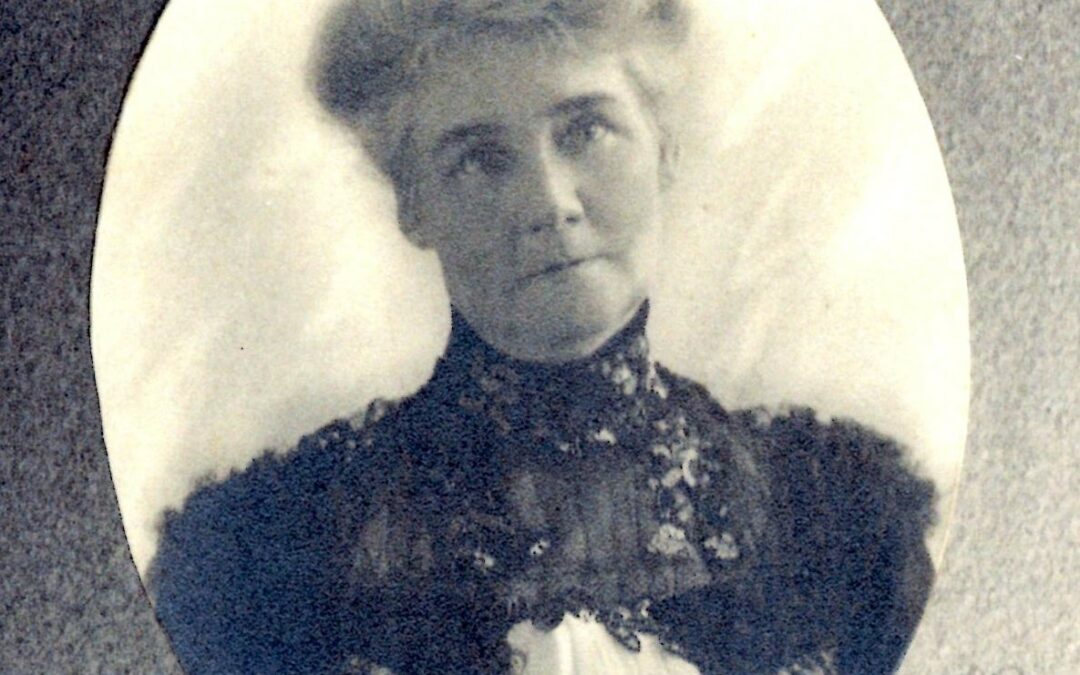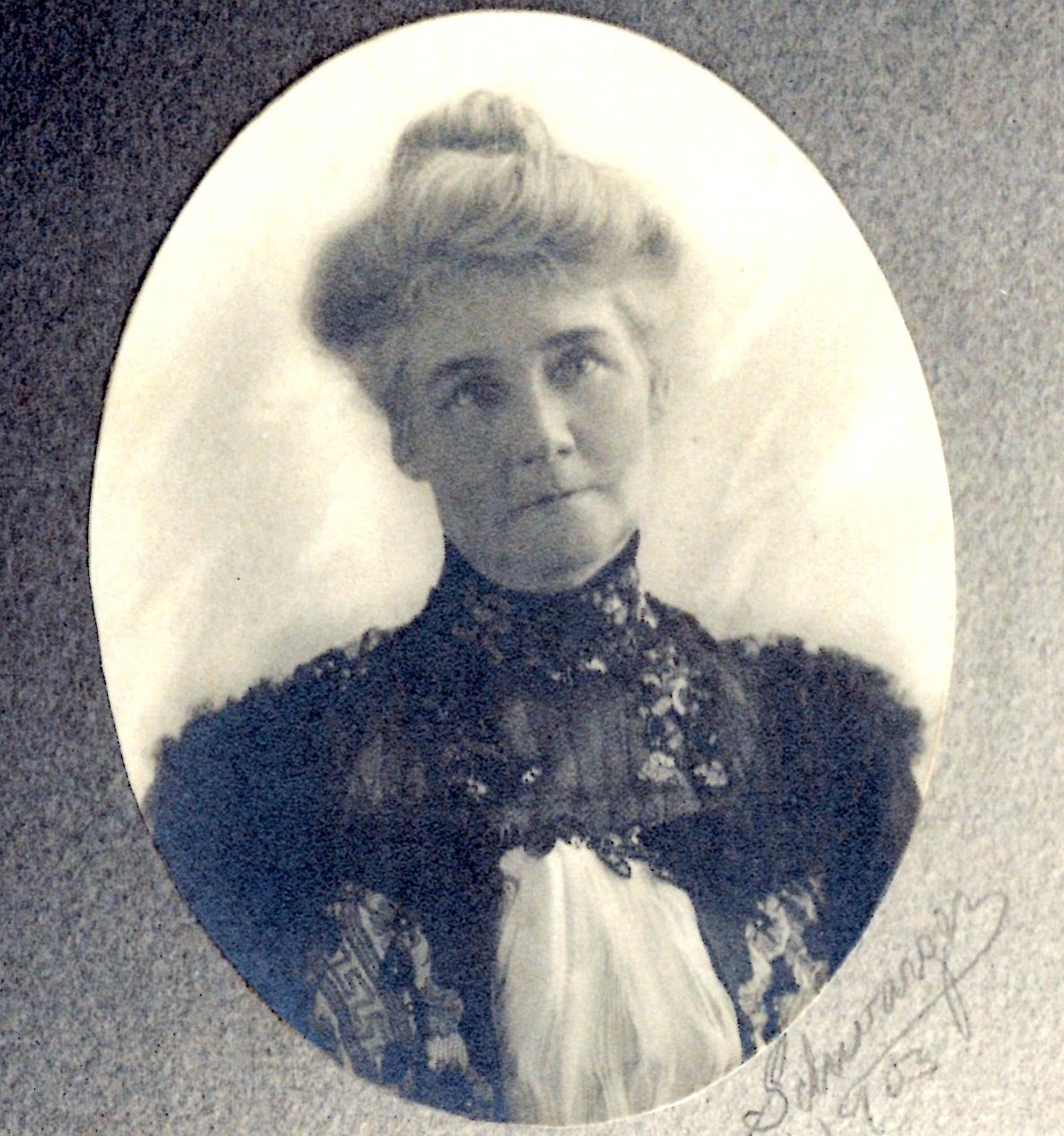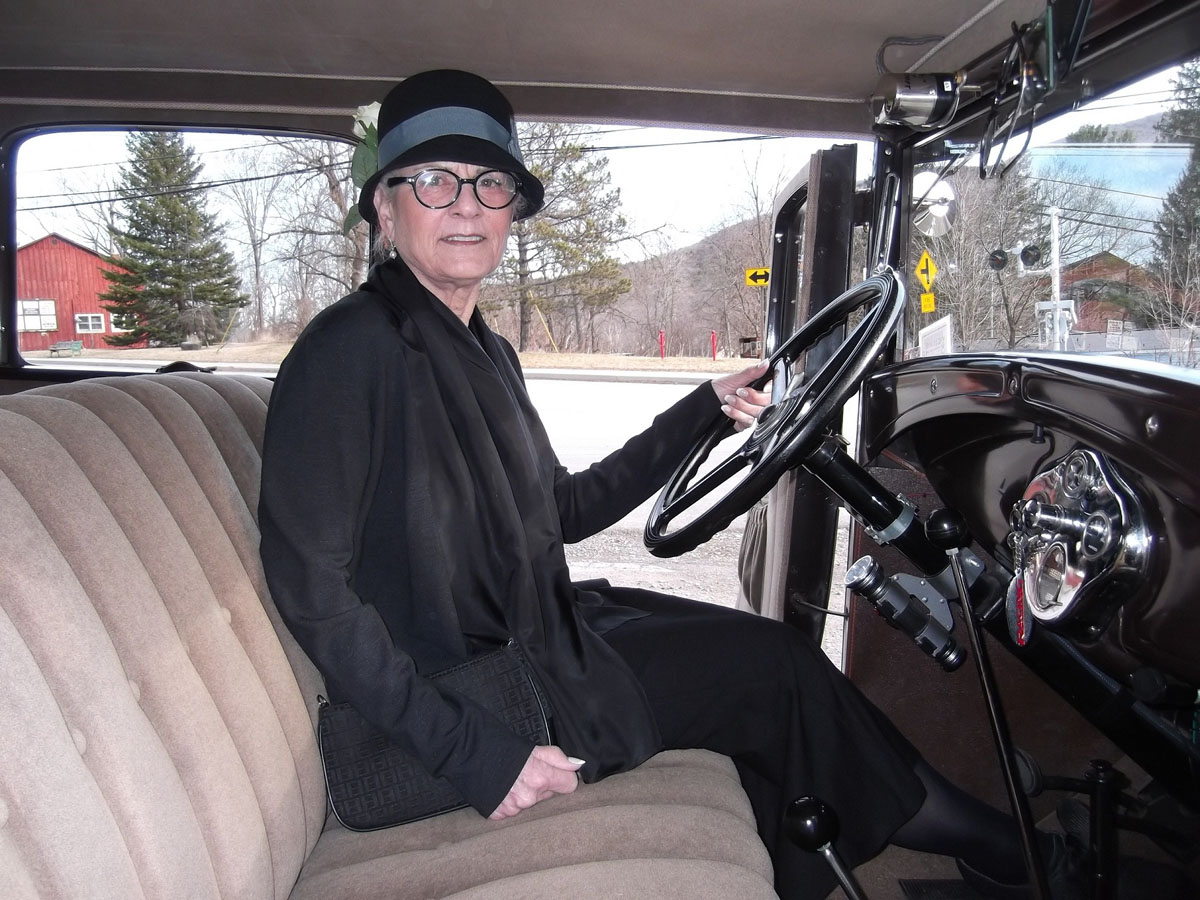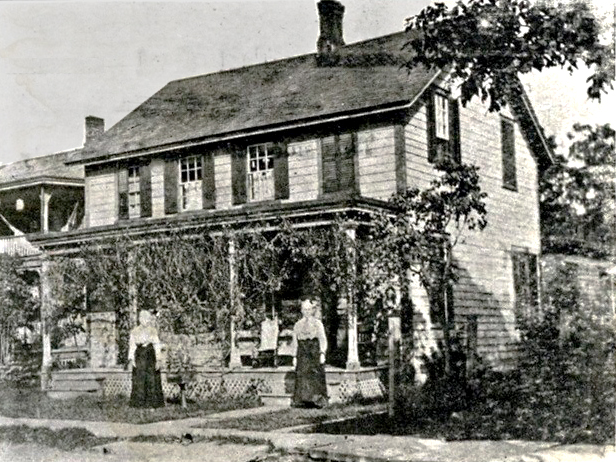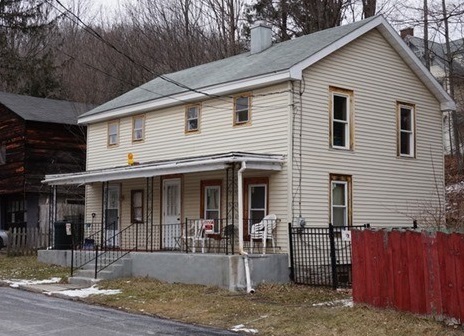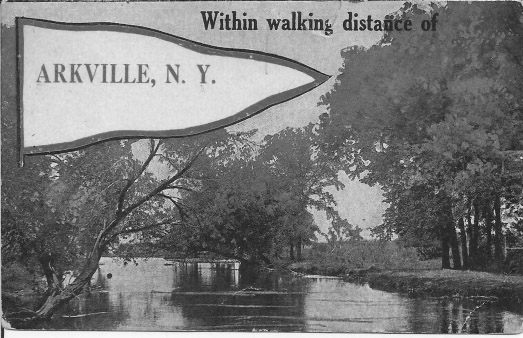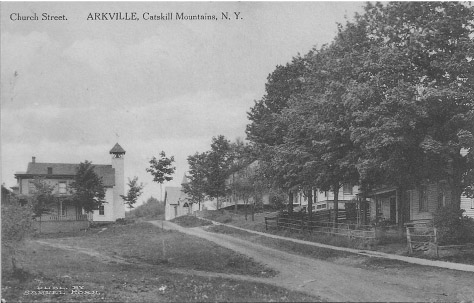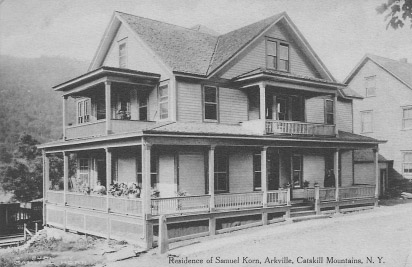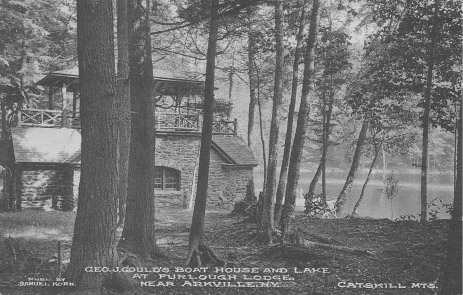Speakeasies, bootleggers and One-Arm Joe
The Historical Society of the Town of Middletown will offer its first program of the season this Saturday, March 19 when HSM President Diane Galusha will take a look at how Prohibition affected the region in the 1920s and ‘30s.
“Speakeasies, Bootleggers and One-Arm Joe,” is an informal presentation to be held at the new Union Grove Distillery, NYS Route 28 and County Road 38, beginning at 4 p.m. Admission is $2 for HSM members, $4 for non-members. A free tour of the distillery will follow the presentation.
Though craft distilleries like Union Grove have proliferated in recent years with the growing popularity of locally sourced spirits, there was a time when making and selling alcoholic beverages was illegal in the US. The 18th Amendment to the Constitution prohibited the production, transport and sale (though not the private possession or consumption) of alcohol from January of 1920 until the amendment was repealed in December of 1933.
This attempt to legislate commerce and morality was a spectacular failure. The March 19 program will feature stories of how area entrepreneurs, hotel keepers and farmers defied the law, figuring out how to make a buck from a banned substance.
Newspaper articles and personal accounts will tell of speakeasies like the Margaretville establishment run by “One Arm Joe” DePuysselier; the brewery disguised as a produce market in Gilboa; the liquor emporium George Robinson kept at the Arcadian House hotel in Arena; the wild-west apprehension of a bootlegger in Downsville by the local Methodist minister, and many more.

